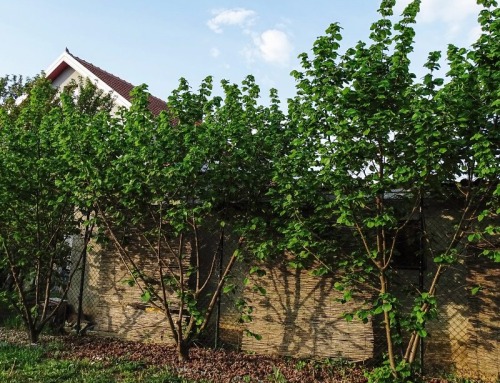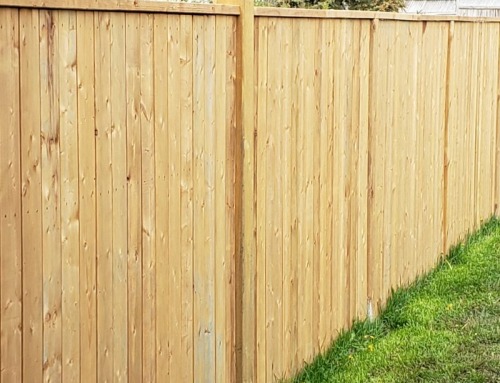For quite a few months now we have been receiving enquiries in relation to neighbourhood disputes. Is it because we are all home a lot more or do you think people have lost the ability to talk to one another? Whilst it is easy to urge you to be friendly with your neighbours as it is much easier if everyone gets along and it also makes your living environment much nicer and less stressful, we know sometimes it is impossible to have a good relationship with your neighbour and for this reason we have provided this update.
Although they bring welcome and needed greenery to streetscapes, suburban trees and hedges can be a significant cause of neighbourhood disagreement and dispute. Trees drop leaves and branches, shade property, block views, and the roots may damage sewage and drainage lines. If a tree is degrading or otherwise causing damage to your property what options do you have to have it removed, pruned, or even to claim damages against a neighbour?
Tree disputes can raise a number of different legal issues, three (3) of which are considered here. Note that these points relate only to trees growing on private property, not those on council land.
Tree Preservation Orders & Council Approval
Prior to interfering with a suburban tree it is critical that you are aware of, and comply with, any “tree preservation order” that may be imposed by your local council. Tree preservation orders generally apply to mature trees over 5 metres in height, however orders may differ from council to council and may be subject to a number of exceptions. Tree preservation orders apply to all trees growing on private property, including those on your own property.
If branches, roots or leaves interfere with or trespass on your property or into your airspace, it is important that you first seek council approval or court authority before having them removed, pruned or otherwise interfered with. This applies even if the tree is growing on your own property. Interfering with the tree without council approval or court authority can attract hefty fines.
Negotiation
If the tree in issue is growing on a neighbour’s property, it is usually best to start by negotiating. Tree disputes can often be resolved quickly and efficiently simply by communicating your concerns to your neighbour and the reason that you hold those concerns. Negotiating can also help you maintain a civil relationship with your neighbour, which can be valuable if you need to cooperate with them or require their assistance in the future.
Furthermore, you generally cannot commence action in the Land and Environment Court without evidence that you have first attempted to negotiate.
Legal Action
Under the Trees (Disputes Between Neighbours) Act 2006 (NSW), and provided that you have previously attempted to negotiate, a Class 2 application can then be filed in the NSW Land and Environment Court. The Court has a wide discretion as to the types of Orders it can make, ranging from removal, pruning and maintenance of the tree through to compensation for damages. Importantly, a Court Order will overcome the restrictions imposed by a council tree preservation order.
Although additional legal claims in trespass or nuisance may also exist, an application under the Trees Act 2006 streamlines the process and will often provide you with the easiest and quickest option for legal redress should negotiations with your neighbour and/or council stall.
If you need any assistance, please do not hesitate to contact one of our experienced lawyers to discuss how we can help you resolve your matter.



![Construction Law Update – The decision of Pafburn Pty Limited v The Owners – Strata Plan No 84674 [2024] HCA 49](https://wmdlaw.com.au/wp-content/uploads/2025/05/Construction-500x383.jpg)


